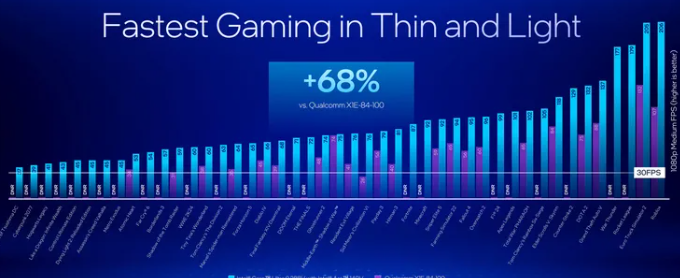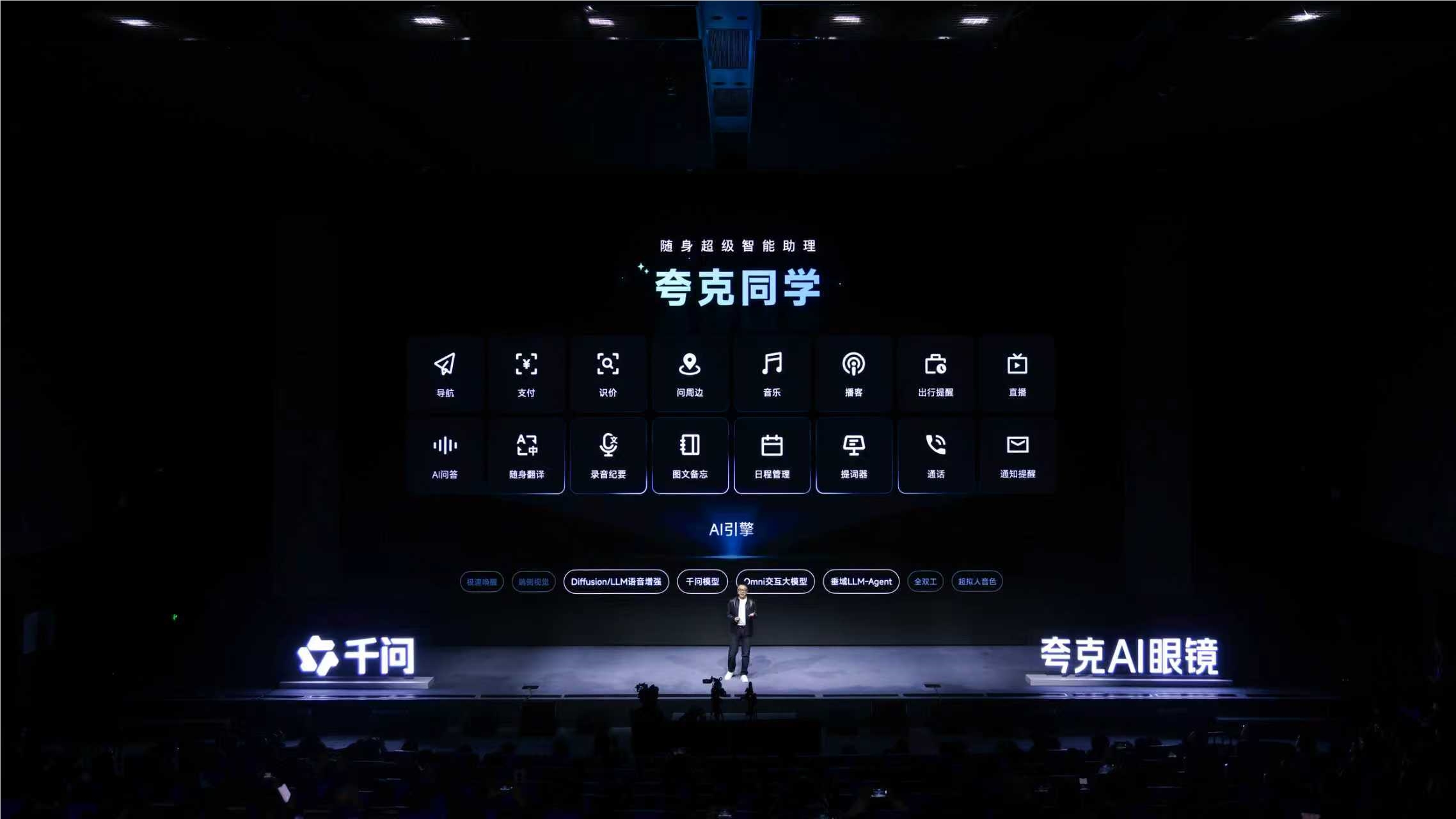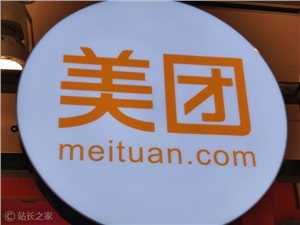At the recent IFA conference, Intel finally unveiled its highly anticipated Lunar Lake mobile processor. This chip is not only Intel's first product to meet Microsoft's C o p i l o t + performance targets but also offers up to 120TOPS of AI computing power.

Behind this, Intel's collaboration with TSMC has played a significant role, with TSMC responsible for the manufacturing and 3D packaging technology of Lunar Lake.
Intel has long chosen to produce chips in-house, but this marks their first collaboration with TSMC in the CPU field. Intel CEO Pat Gelsinger stated in a previous earnings call that although this move is a temporary measure, it will help enhance the competitiveness of their chips, especially before the improvement of their own factory's process technology.
In terms of performance, Lunar Lake certainly does not disappoint. Intel claims a 14% increase in clock instructions for its performance cores, while the efficiency cores see an even greater increase of 68%. Meanwhile, the new Xe2 graphics processor is about 50% faster than the previous Meteor Lake.

In terms of AI performance, Lunar Lake's Neural Processing Unit (NPU) has also made significant strides, offering 48TOPS of AI computing power, far exceeding Meteor Lake's 11TOPS.
Compared to AMD, Intel states that its chips perform similarly on graphics-intensive tasks such as gaming but with about 30% lower power consumption. Compared to Qualcomm, Intel's products offer 25% higher performance while consuming only half the power. Despite this, caution is advised when considering these performance claims.
In terms of architecture, Lunar Lake adopts a simplified chip design, including four performance cores, four efficiency cores, and eight GPU cores, along with packaged memory. Notably, Intel has abandoned the hyper-threading technology that it has used for many years.
Additionally, Lunar Lake brings higher energy efficiency, with system power consumption reduced by 50% compared to the previous generation, reportedly achieving a 20-hour battery life in practical use.
However, Lunar Lake's LPDDR5 memory requires choosing between 16GB or 32GB configurations at the time of purchase, and larger capacities may need to wait if required in the future.
Intel has also increased its marketing focus on AI PCs, not only closely integrating with Microsoft's C o p i l o t + but also supporting the running of local AI models on Chrome OS. However, users looking to experience features like Paint's ocreator or Recall may have to wait until November to enjoy these new features.
Lunar Lake will be available on September 24th in over 80 computers from more than 20 manufacturers, including brands like Dell, HP, and Lenovo. For example, Dell's latest XPS13 laptop, featuring the Lunar Lake processor, is priced at $1400 and boasts an extended battery life from 18 hours to 26 hours.
Key Points:
💻 Intel's new Lunar Lake processor offers up to 120TOPS of AI computing power and is manufactured in collaboration with TSMC.
⚡ Significant performance improvements, with a 68% increase in efficiency cores and a 30% reduction in power consumption.
🛒 Lunar Lake will officially launch on September 24th, supporting various AI features, but some functionalities will only be available in November.







